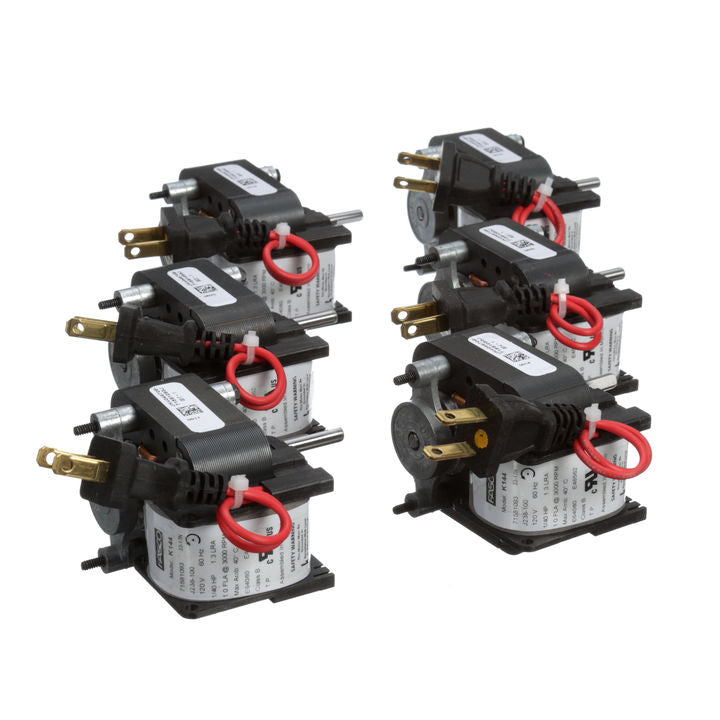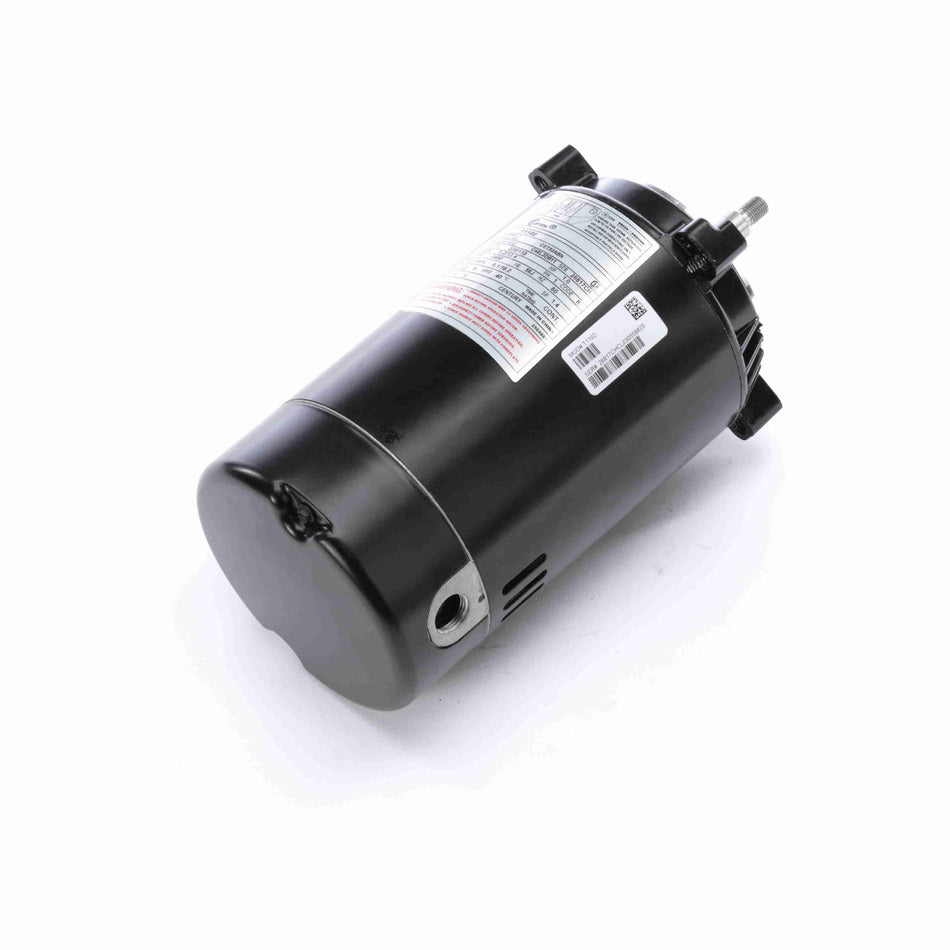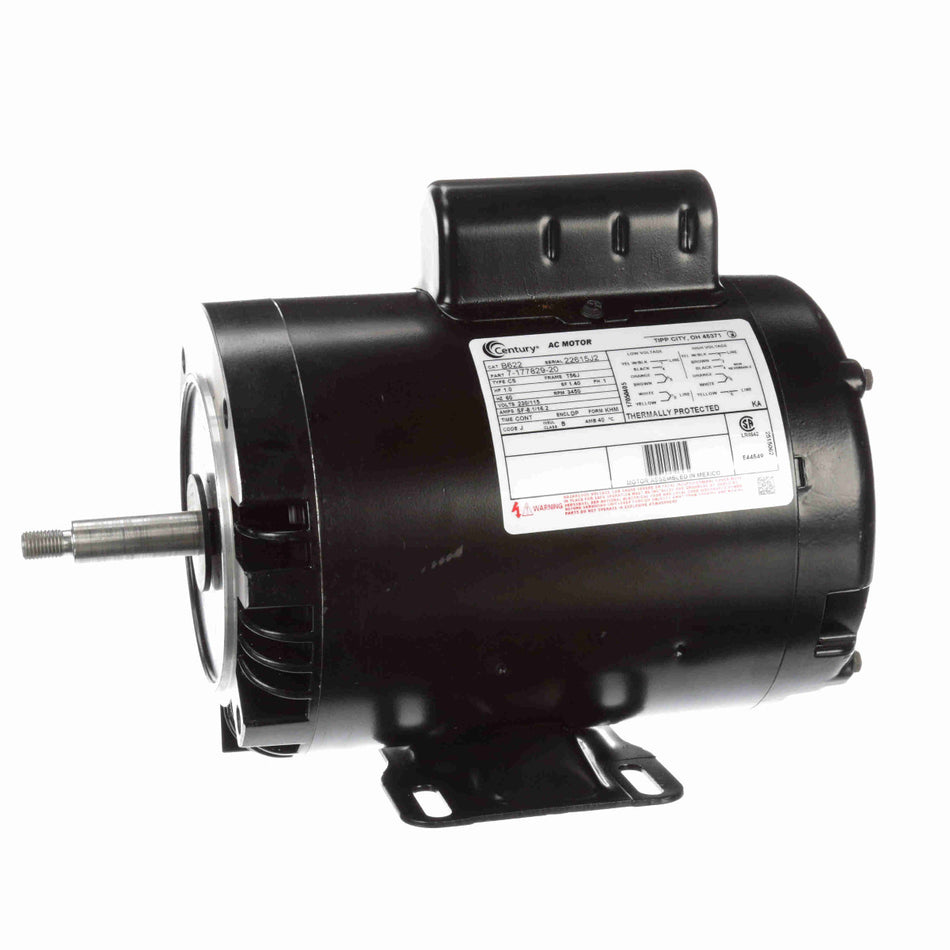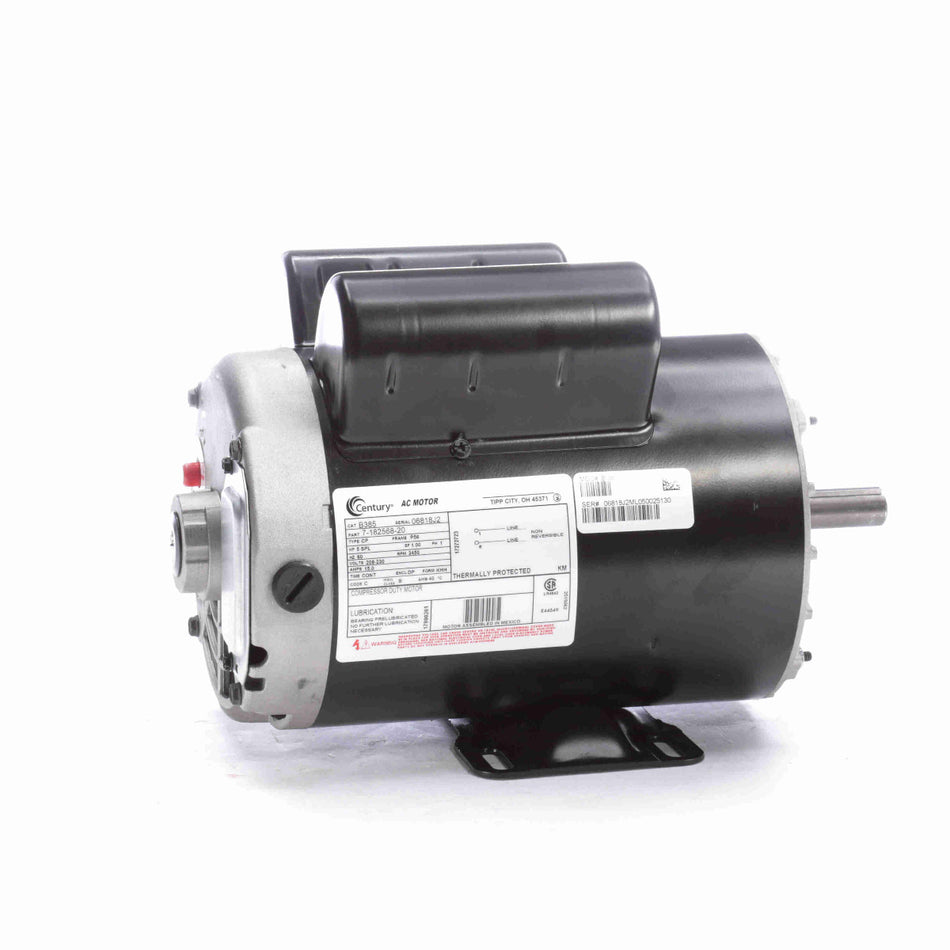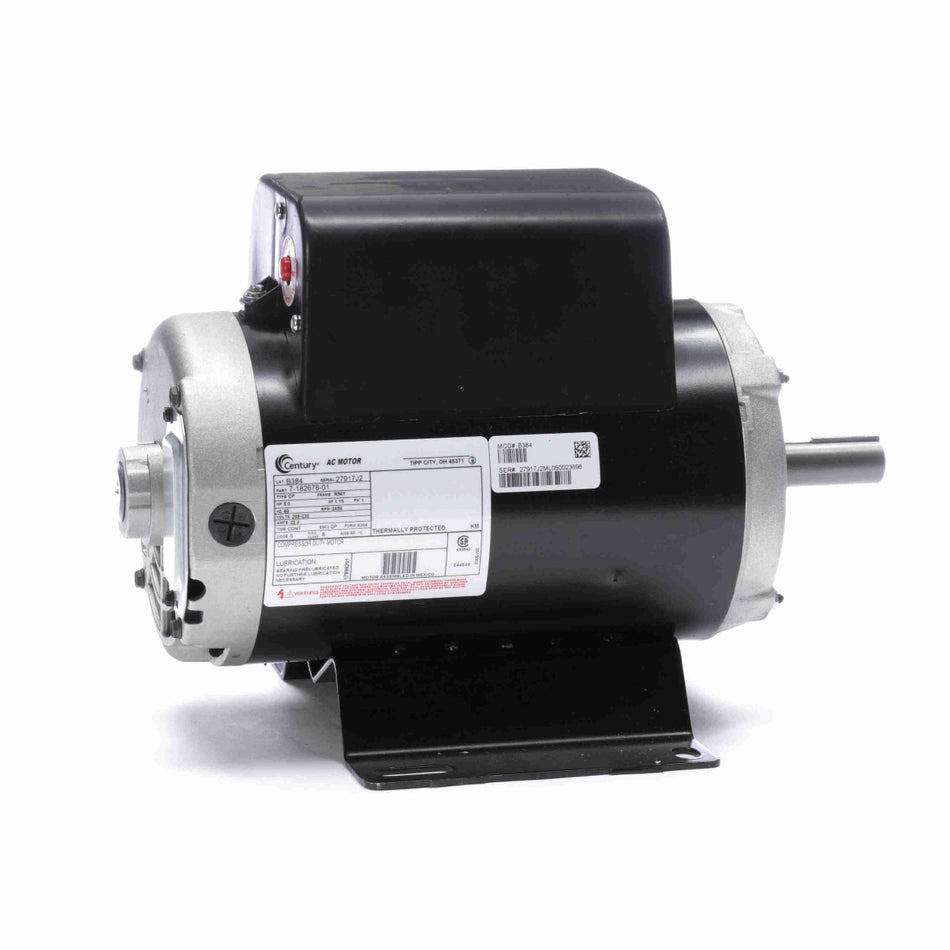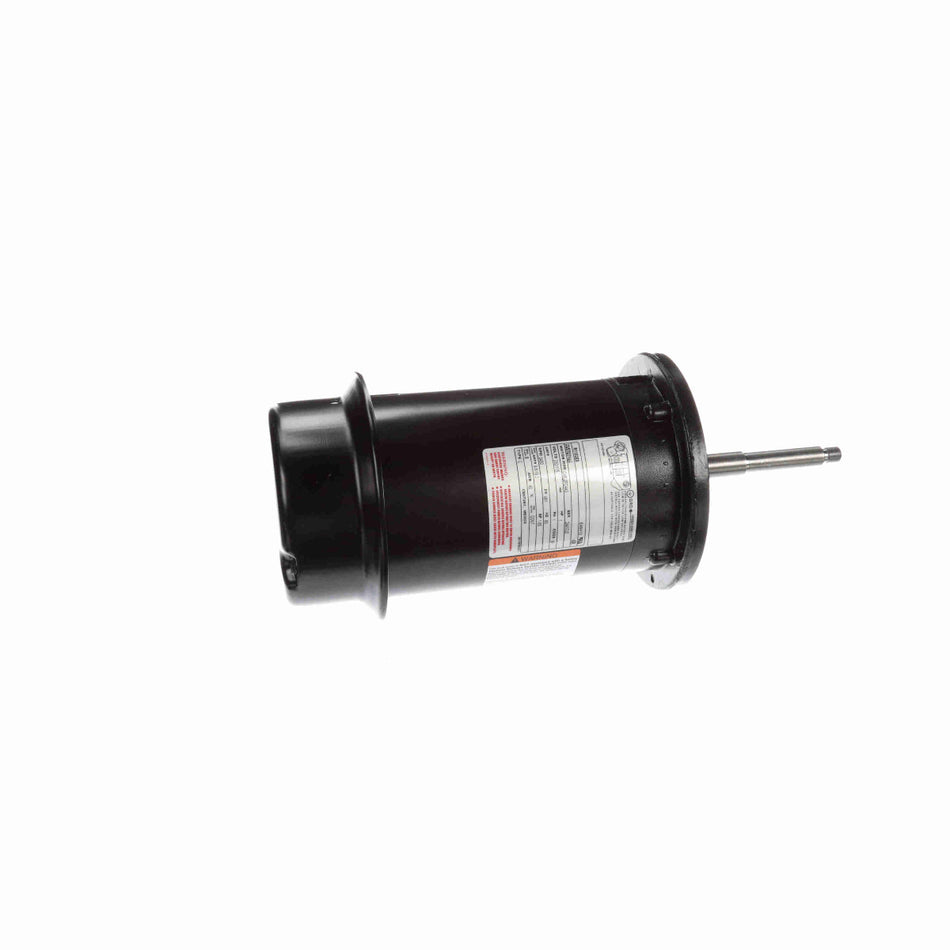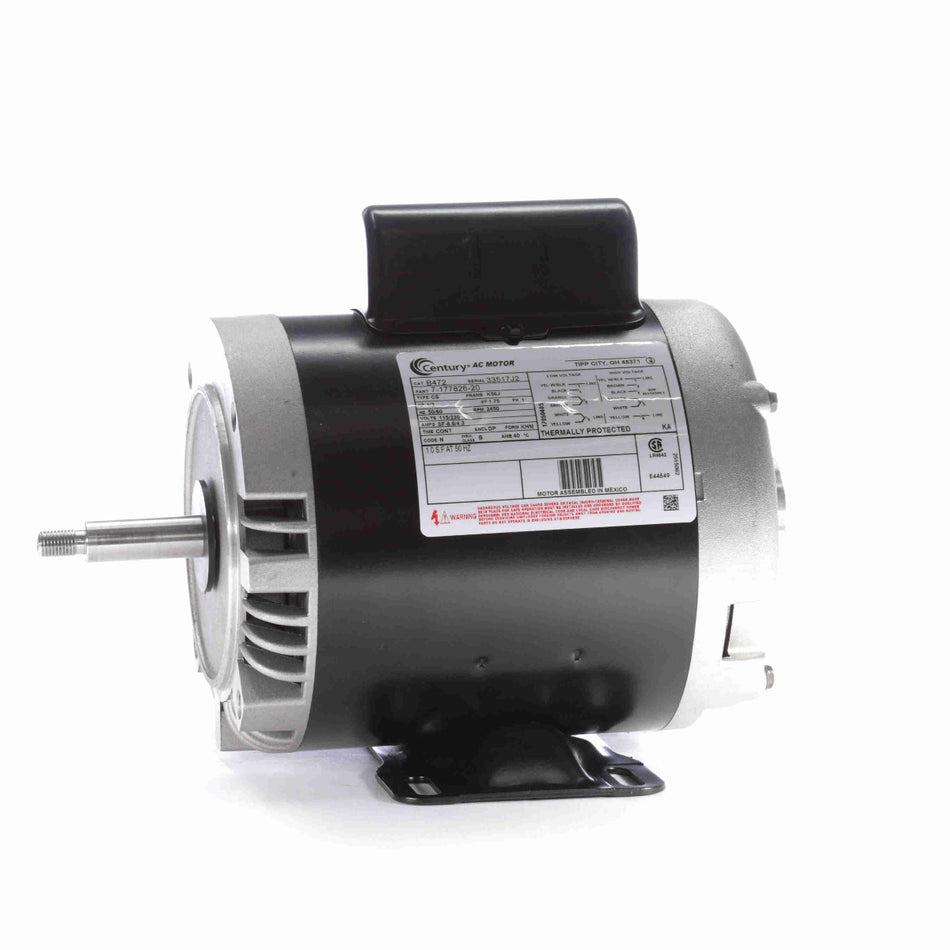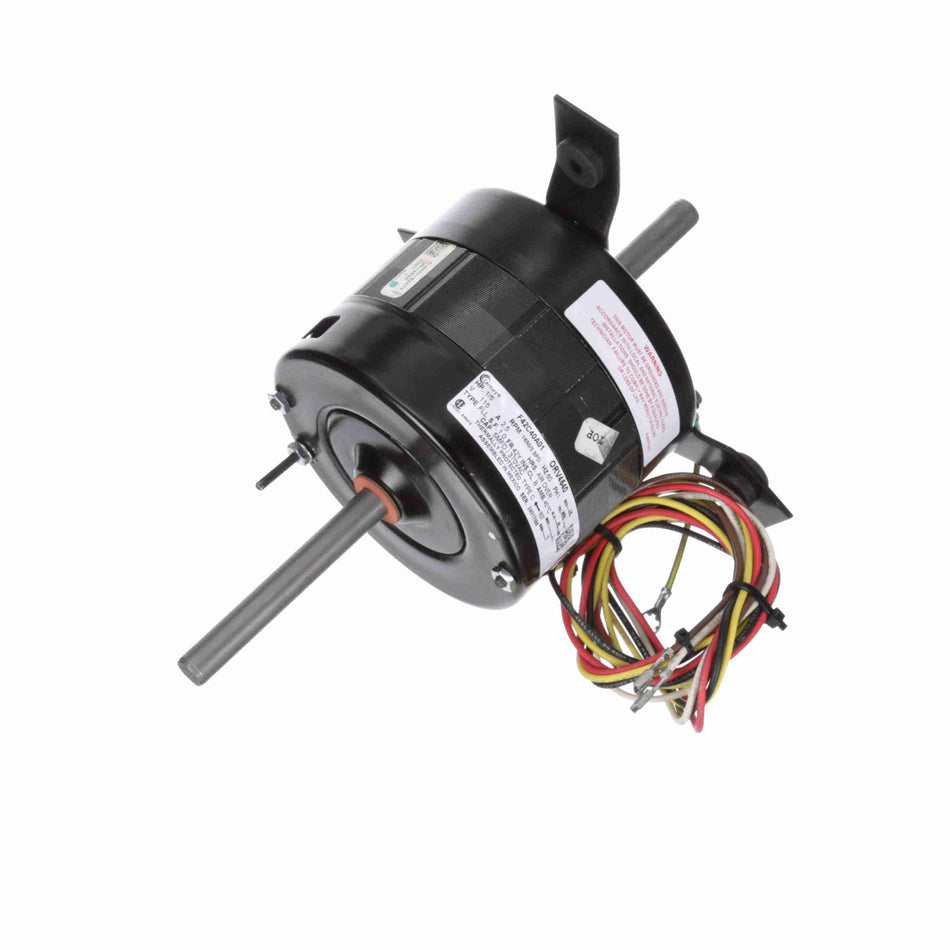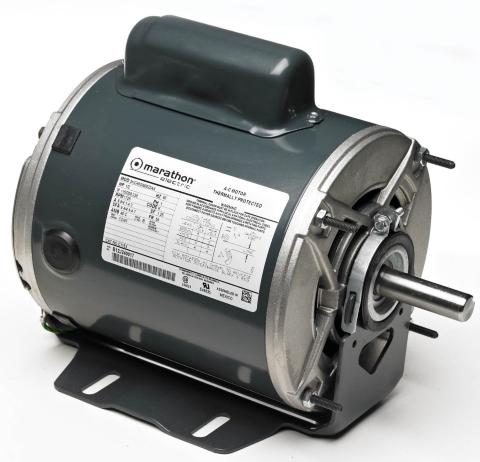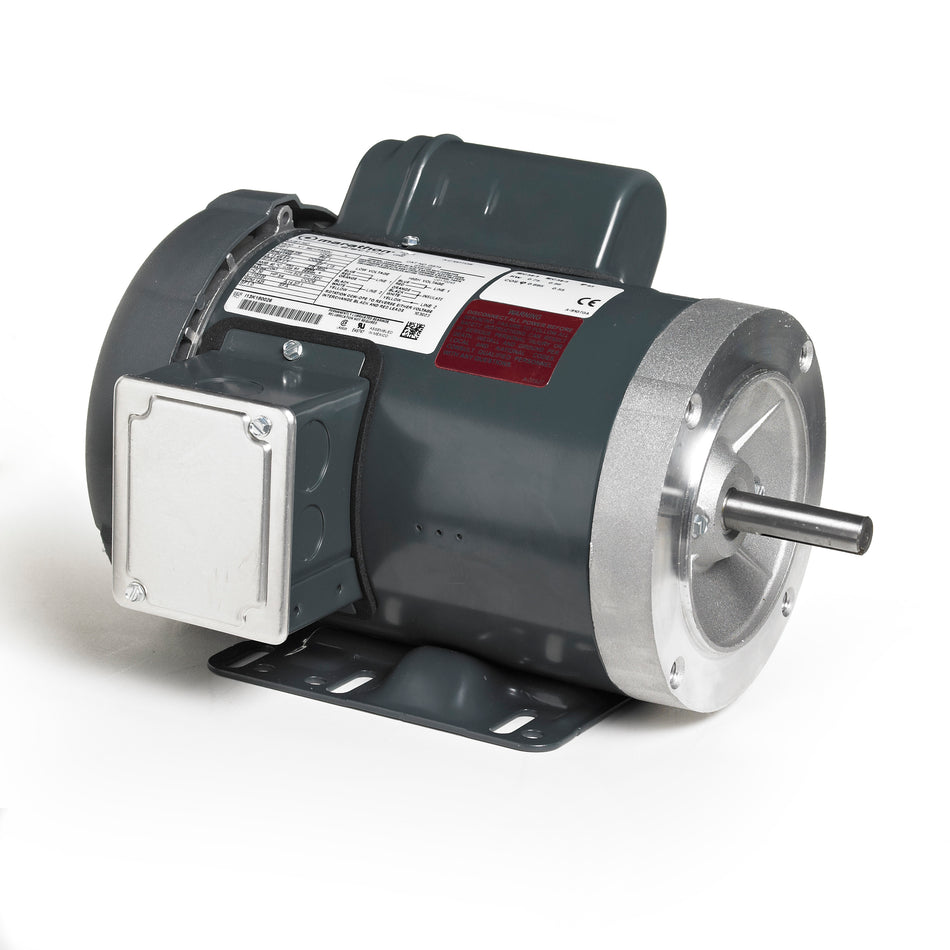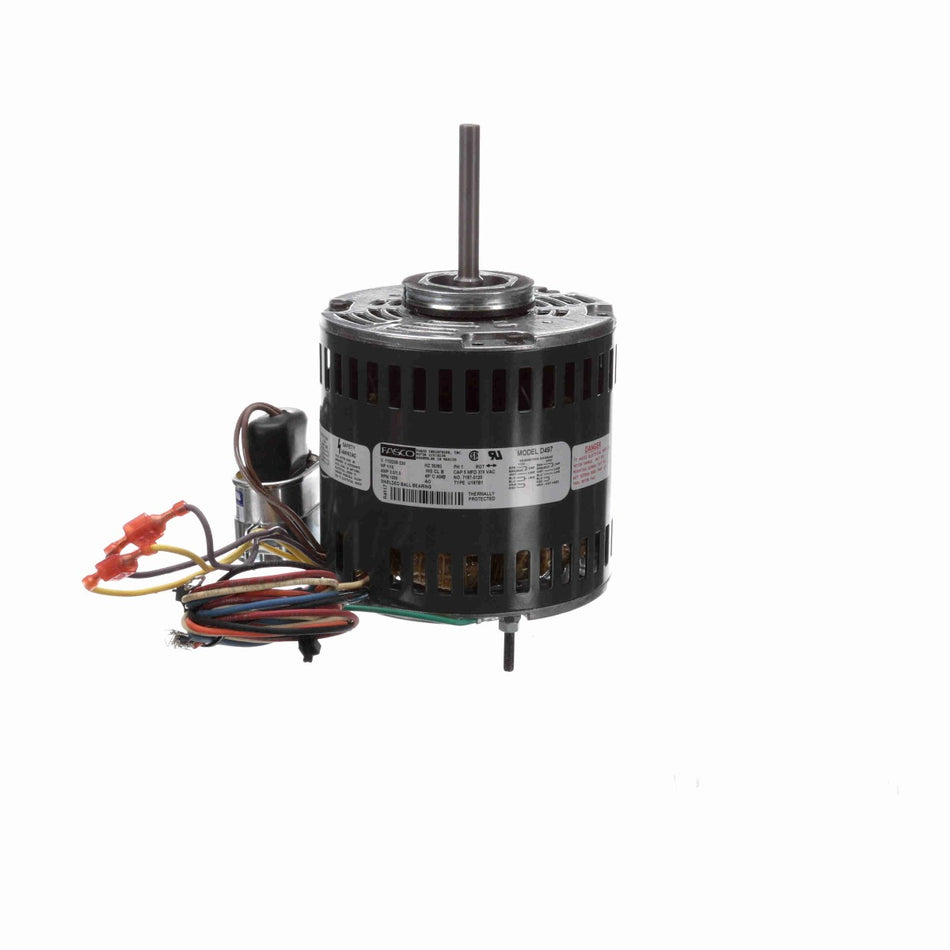4662 Products
Single Phase Motors - General Purpose
Use our MASTER PRODUCT SEARCH to narrow your selection by horsepower, RPM, frame, voltage, application and more.
Don’t see what you need? Contact Us for a quote!
🧩 What is a Single Phase Motor?
Single phase motors are electric motors powered by a single-phase AC power source, typically found in homes and small businesses. These motors are known for their simplicity, cost-efficiency, and ease of installation. They’re widely used in appliances like air conditioners, washing machines, fans, and compressors.
🛠️ Common Uses:
-
HVAC systems
-
Pumps and compressors
-
Power tools
-
Small machinery
🔄 What Are the Four Types of Single Phase Motors?
There are four main types of single phase motors, each designed for specific performance needs:
1. Shaded Pole Motor
-
Description: Simplest and cheapest type. No capacitor required.
-
Features: Low starting torque, typically used for fans and small appliances.
-
Pros: Durable and affordable
-
Cons: Inefficient, low torque
🔧 Best for: Bathroom fans, desk fans, and record players.
2. Split Phase Motor
-
Description: Uses a start winding to provide extra torque at startup.
-
Features: Moderate torque, no capacitor, reliable for intermittent use.
-
Pros: Simple design, low cost
-
Cons: Not suitable for continuous heavy loads
🔧 Best for: Air compressors, washing machines, small conveyors.
3. Capacitor Start Motor
-
Description: Equipped with a start capacitor for high starting torque.
-
Features: More powerful startup, good for heavy loads.
-
Pros: Great startup power
-
Cons: Start capacitor adds cost and complexity
🔧 Best for: Refrigerators, large air compressors, pumps.
4. Capacitor Run Motor (Permanent Split Capacitor - PSC)
-
Description: Uses a run capacitor for continuous operation.
-
Features: Quiet, efficient, and durable.
-
Pros: Energy-efficient, quiet operation
-
Cons: Moderate starting torque
🔧 Best for: HVAC blowers, fans, and other continuous-duty equipment.
⚡ What is a Motor Capacitor?
A motor capacitor is a device that stores electrical energy and helps start or run a motor by improving its power factor. There are two main types:
-
Start Capacitors: Temporarily increase starting torque
-
Run Capacitors: Improve efficiency and running performance
A properly selected capacitor enhances motor lifespan, efficiency, and reliability.
🛒 Need a replacement? → Contact Us for a Price
🎯 How to Select the Right Single Phase Motor
Choosing the right motor depends on a few key factors:
| Selection Factor | What to Consider |
|---|---|
| Application Type | Is the motor for intermittent or continuous use? |
| Starting Torque | High-torque applications need capacitor motors |
| Voltage & Frequency | Match to your local electrical supply |
| Frame Size | Ensure compatibility with mounting points |
| Environment | Consider dust, moisture, and temperature levels |
📘 Pro Tip: Check the nameplate data of your current motor for exact specs.
✅ Need help? → Try Our Motor Finder Tool
⚖️ Pros and Cons of Single Phase Motors
✅ Pros
-
Easy to Install: Plug-and-play in household circuits
-
Cost-Effective: Affordable upfront and widely available
-
Compact: Ideal for space-limited applications
-
Low Maintenance: Fewer components = fewer breakdowns
❌ Cons
-
Limited Power: Not suitable for industrial-level loads
-
Lower Efficiency: Compared to three-phase motors
-
Startup Challenges: May require external components like capacitors
🛍️ Ready to Power Up?
🎯 Explore Our Best-Selling Single Phase Motors
📦 Fast Shipping. Trusted Brands. Expert Support.
🔧 Shop All Single Phase Motors


